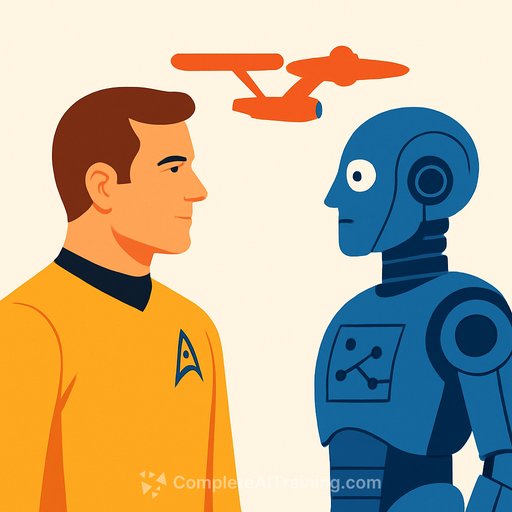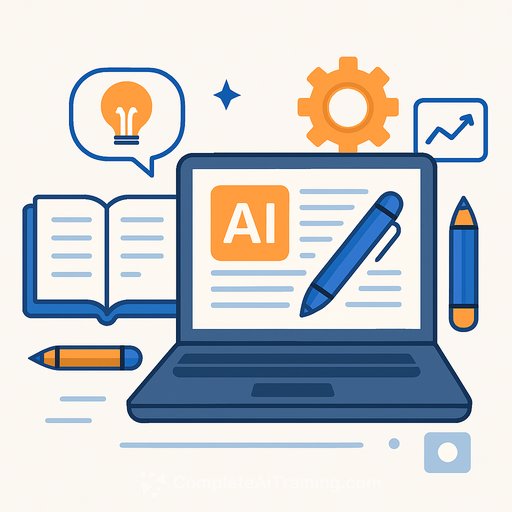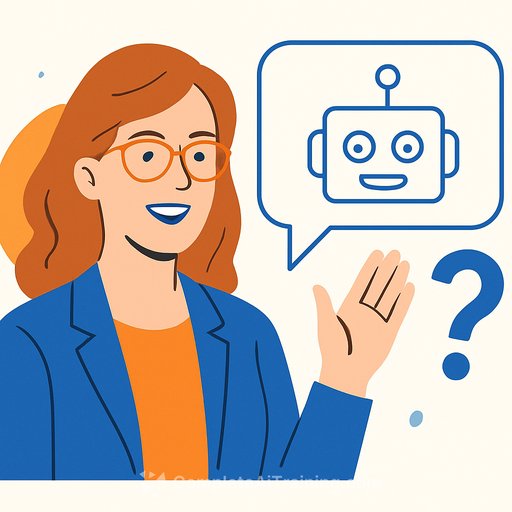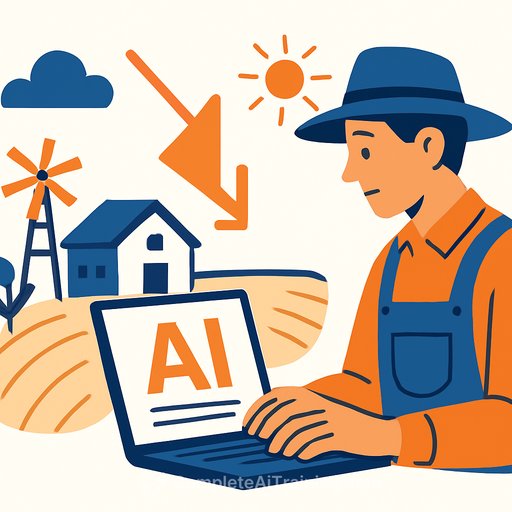How ‘Star Trek’ Writers Address AI’s Impact on Their Universe
The new season of Star Trek: Strange New Worlds, set in the 23rd century, surprisingly fixates on history. Several episodes dive into past events, from the Klingon War’s legacy to archaeological digs on alien planets. The connection to earlier times is especially clear in “A Space Adventure Hour,” where Lieutenant La’an Noonien-Singh tests a holodeck detective simulation set in the 20th century. This episode cleverly explores how the Star Trek universe grapples with the rise of AI.
AI has transformed our world in just a few years, and it’s tough to picture the future without it playing a central role. Science fiction that ignores AI feels increasingly outdated, especially in space operas like Star Trek and Star Wars. The notion of skilled human pilots performing heroic maneuvers in space battles is less believable when AI can process data and execute moves at speeds humans can’t match. Autonomous drones and quantum radar could dominate space warfare, leaving little room for dramatic dogfights or last-minute rescues.
Hollywood’s reluctance to depict such AI-driven futures is understandable—silent swarms of drones exchanging fire lack the excitement of traditional battles. So, shows like Strange New Worlds hold onto classic heroic tropes, even if they clash with technological realities. This tension poses a challenge for writers who want to stay true to the spirit of their franchises while acknowledging AI’s impact.
Using Fictional Metafiction to Reflect on AI
To tackle this, the writers of Strange New Worlds introduced a fictional show within the show: The Last Frontier. This space opera spoof mirrors the style of Star Trek: The Original Series, serving as a playful commentary on the series itself. It highlights how retro storytelling styles can still resonate, despite seeming outdated.
The episode “A Space Adventure Hour” places writers on screen, with Captain Pike acting as the creator figure. This self-aware approach allows the show to explore the tension between old-fashioned storytelling and new technological realities. It also honors the legacy of earlier Star Trek episodes that questioned reality and identity.
Holodecks, AI, and Constructed Realities
The holodeck detective simulation in “A Space Adventure Hour” isn’t just nostalgia; it’s a metaphor for how AI shapes our sense of reality today. The holodeck learns La’an’s moves, adapting to her behavior—much like online algorithms tailor content based on user data. This constructed environment challenges the idea of an objective reality, echoing concerns about AI’s role in shaping perceptions.
This metaphor warns of the dangers of living in algorithmically controlled spaces where distinguishing real from artificial becomes difficult. The episode also reminds viewers that fiction can heal and inspire. La’an’s experience with her detective persona helps her process trauma, showing the power of stories to offer hope and self-discovery.
Why Classic Storytelling Still Matters
Lieutenant Uhura’s words in the episode capture the writers’ core message: stories have lasting value beyond their technical accuracy. They give people a sense of belonging, hope, and identity. Despite AI’s influence and the anachronisms in space stories, the emotional and cultural impact of shows like Star Trek remains significant.
In a nod to this tension, the series even features a 23rd-century ship running without AI, likened to having a rotary phone on the bridge. This deliberate choice highlights the contrast between futuristic technology and analog methods, underscoring the show’s awareness of its own storytelling choices.
Practical Takeaways for Writers
- Embrace technological change without abandoning core themes. AI will shape future storytelling, but human emotion and cultural values remain central.
- Use metafiction and self-awareness. Reflecting on your own narrative through characters or fictional shows within shows can enrich the story.
- Balance realism with drama. Audiences expect exciting stories, so find creative ways to incorporate AI without losing narrative tension.
- Leverage fiction’s power to heal. Stories can help audiences process real-world challenges, including those posed by technology.
For writers interested in exploring AI’s influence on storytelling and learning how to integrate these themes effectively, resources like Complete AI Training’s prompt engineering courses offer practical guidance.
Your membership also unlocks:






